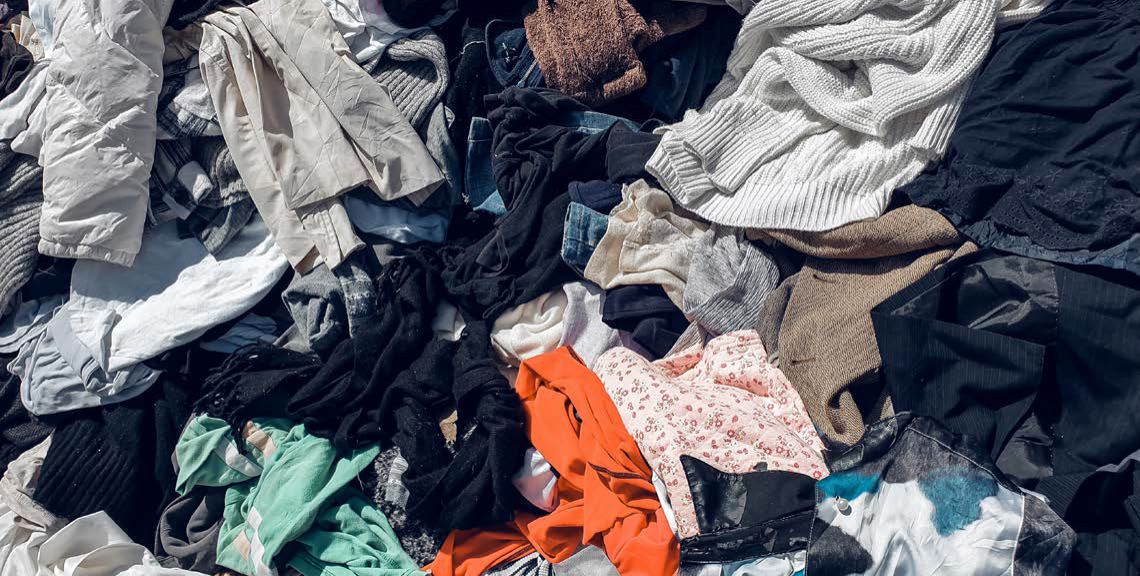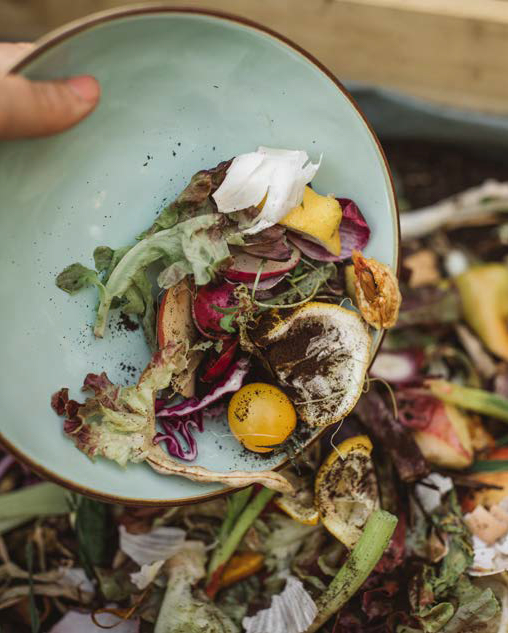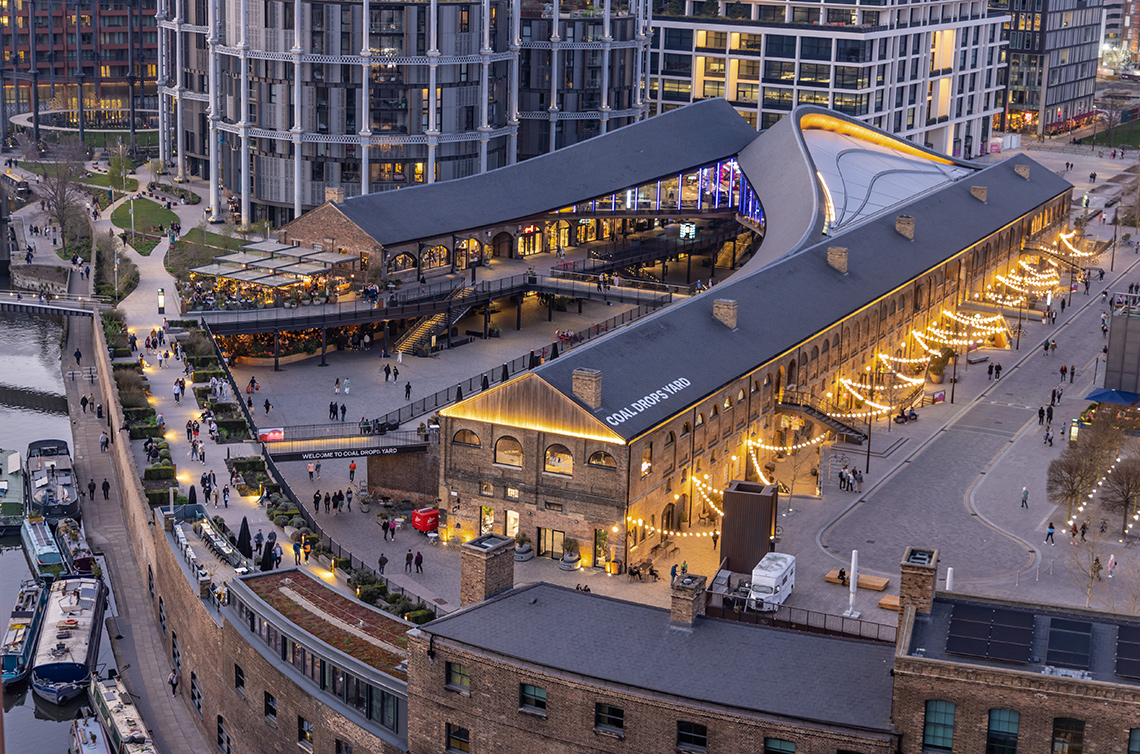BUILDING CIRCULARITY INTO RETAIL OPERATIONS
OUR USE OF ‘STUFF’ IS UNSUSTAINABLE
Twenty years ago, over 50 billion tonnes of raw materials were extracted from the environment each year for construction, agriculture, transport and the manufacture of consumer goods. By 2020 this rate had doubled to over 100 billion tonnes a year and is forecast to further rise in the future as global populations and incomes increase.
This level of raw material extraction far exceeds the Earth’s ability to replenish natural resources, especially given that less than 10% of the material extracted from the environment will be captured for recycling. Evidence for the consequences of this material use and loss is increasing and ranges from the carbon emissions embodied in material extraction and use, the pollution from mining and manufacturing, and ecosystem damage from the escape of waste materials into natural habitats. Public awareness of the impact of plastics on marine ecosystems, for instance, has increased significantly in recent years (thanks to the Blue Planet Effect) and governments around the world are legislating in response.
The materials that are bought and disposed of have significant climate impacts. Currently only 45% of overall household waste in the UK is recycled, while 70% of packaging waste is recycled.
CIRCULARITY IS AT THE HEART OF CHANGE
Principals of the Circular Economy stand in contrast to the linear economy (take, make, use, dispose) that has marked society over the last century. It is the idea of keeping products in use for longer and allowing for easy recovery, reuse and recycling at the end of their life. Products built with circular economy principles have lower greenhouse gas footprints, require fewer resources and produce less waste than conventional products.
Take textiles, which account for approximately 5% of the national household waste composition, by weight, yet emissions associated with their production make it one of the most environmentally damaging waste streams with 10% of all global emissions derived from the fashion industry alone. Currently, 87% of the raw materials used for clothing are incinerated or disposed of in landfill. Fortunately, this is beginning to change.
In France, new laws prohibit the disposal of unsold or returned clothing, luxury goods and electrical items with all such products now having to be reused or redistributed, or as a last resort, recycled. France already prohibits unsold food from the retail sector from being thrown away, instead requiring it to be distributed to charities.
In the UK, new requirements acting on the retail sector include restrictions on the use of single-use plastic items, taxes on plastic packaging without recycled content and a Right to Repair that requires manufacturers of white goods and home entertainment appliances, including televisions, to make spare parts available. Manufacturers of electrical items are increasingly designing with circularity in mind, including using recycled and recovered materials in their products, and even creating entirely new waste management processes to make it easier to recover materials from electrical waste.
Half of the UK’s 5 million tonnes of annual plastic use comes from packaging, with retail seen as a key contributor. Packaging waste is consequently a key focus area and new legislation is planned that will pass the cost of packaging waste collection and recycling on to the producer. Many brands and retailers are already working to reduce their use of plastic packaging, shift to plastic free packaging or even redesign their products to require less packaging overall.
RETAIL MODELS FOR ADDRESSING WASTE
As businesses start to respond to these calls to change, and the benefits of more efficient resource use become clearer, entirely new business models are emerging devoted to capturing and recovering the value in materials that would otherwise have been disposed of as waste.
Loop, a global reuse platform, has partnered with brands including Coca Cola, Unilever, Procter & Gamble and Nestlé to offer products in high quality, robust packaging. Once used, the packaging is returned, cleaned, refilled and reused, preventing the generation of single-use packaging as waste and reducing overall packaging material use. Initially launching as an online store, Loop is now embedded in a range of retail partners including Tesco, McDonalds and Burger King, who now offer products in Loop packaging that can be returned for reuse.
Takeback programmes, where products are returned to the retailer for reuse or recycling, are becoming increasingly common and span fashion to homewares. The Marks and Spencer Shwop initiative, launched in partnership with Oxfam, aims to tackle the 336,000 tonnes of clothing that is landfilled each year and allows consumers to return unwanted clothing to M&S stores where it will be resold or recycled into new fabrics. In return shoppers receive a thankyou benefit through their M&S loyalty card. IKEA, who estimate that a million pieces of furniture go to waste each year, run a buyback programme that allows consumers to return bookcases, tables and chairs to IKEA for resale, reuse or recycling. In return the consumer receives up to 50% of their original value for use on new IKEA products. Costa coffee have introduced a cup recycling initiative where people can dispose their cups irrespective of which coffee brand the cup was purchased from.
Whether these are driven by policy, corporate ethics or consumer sentiment, it’s a step in the right direction, but is enough genuinely happening across the industry to make a difference?




